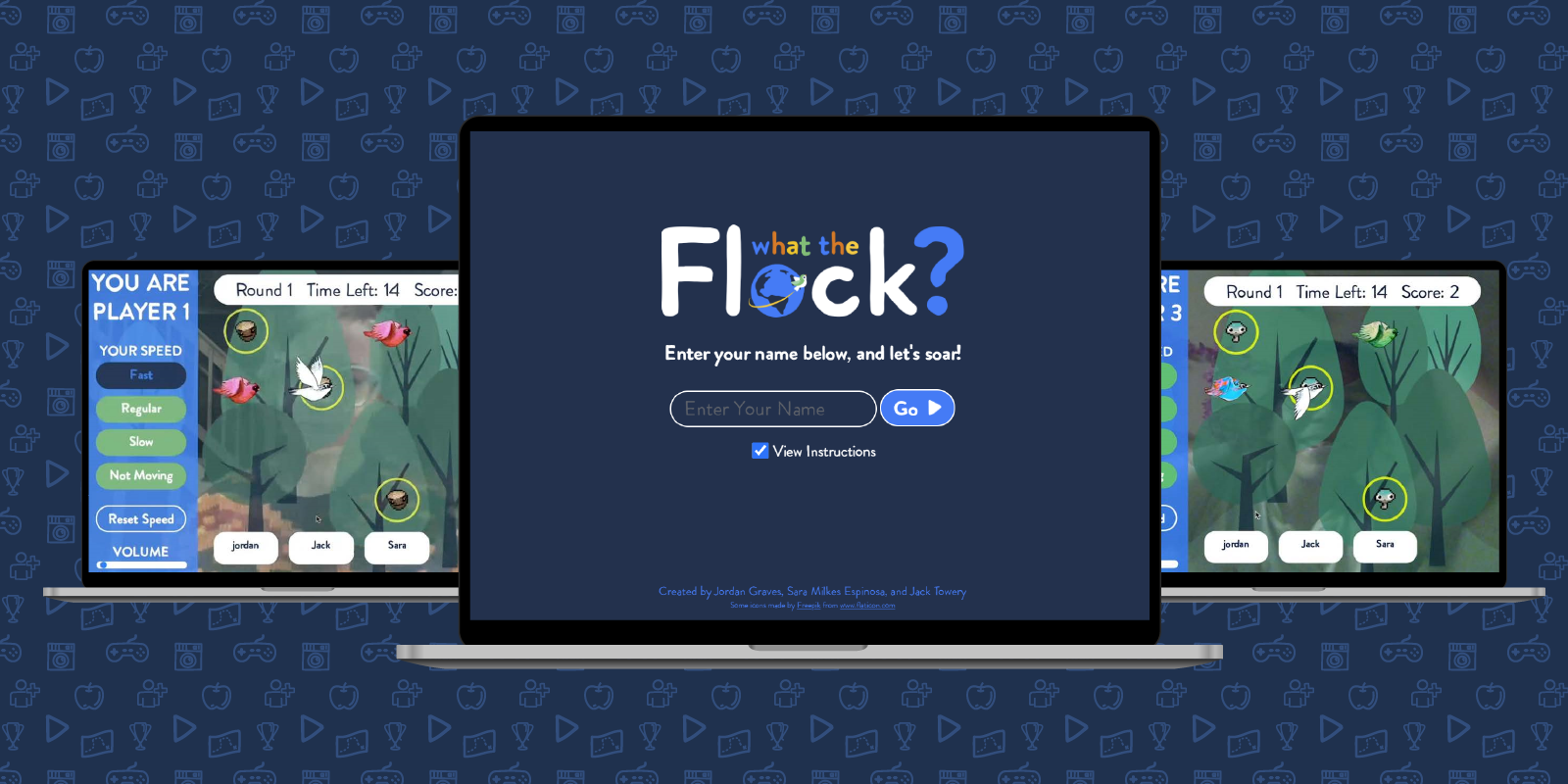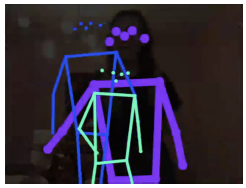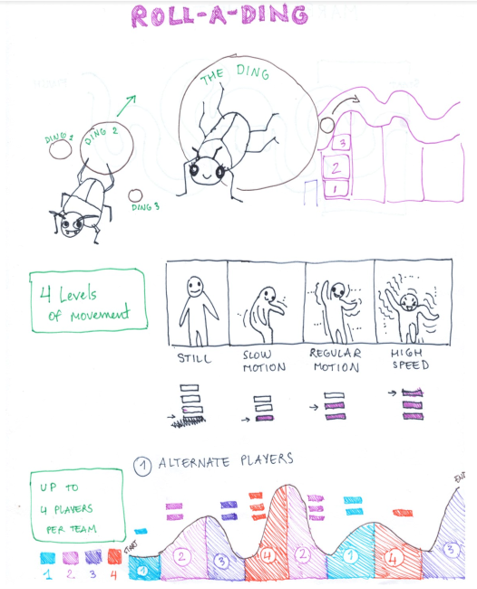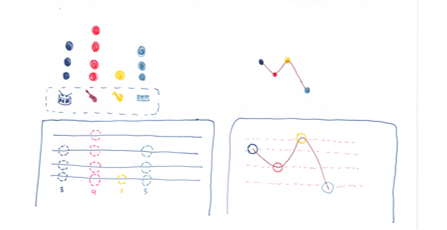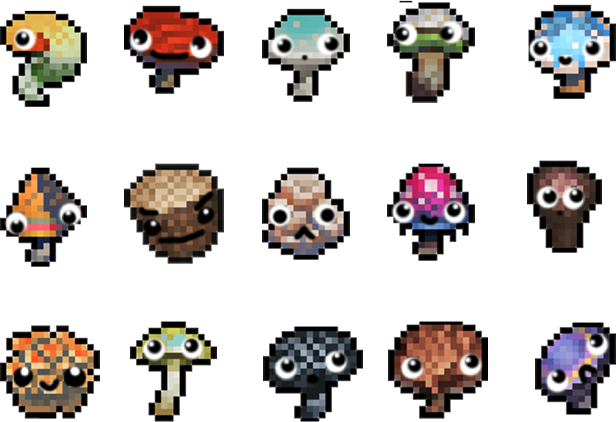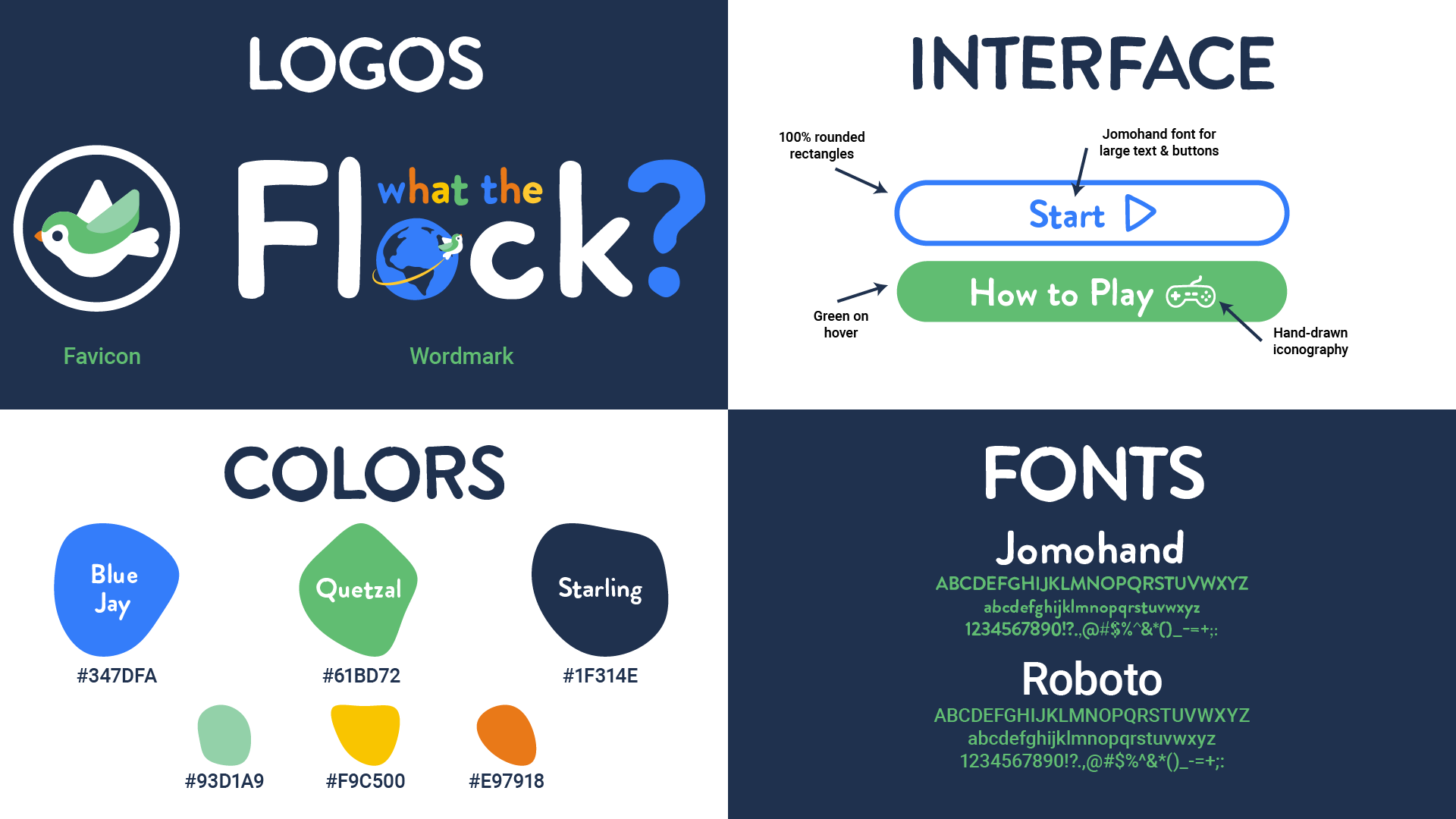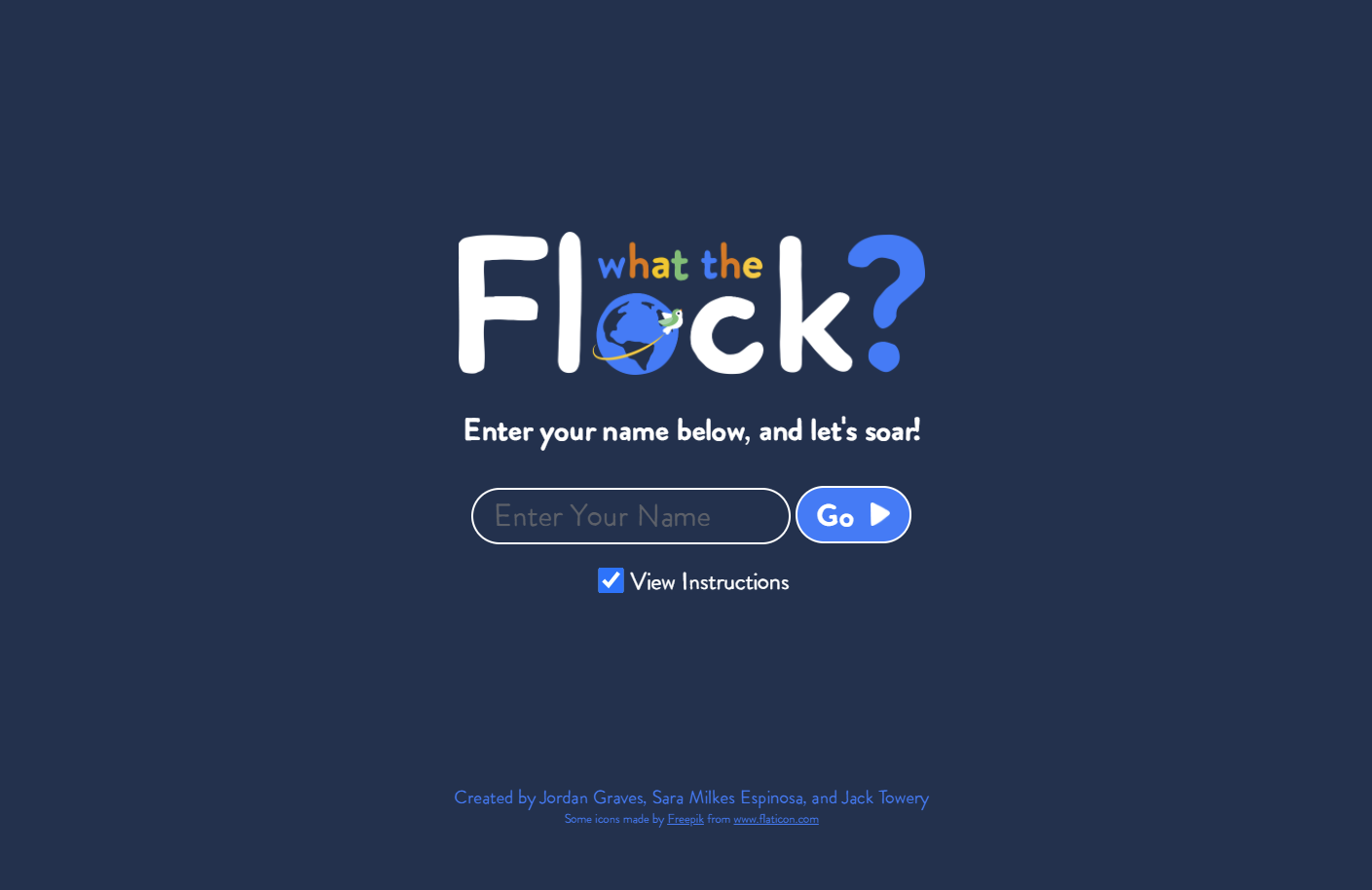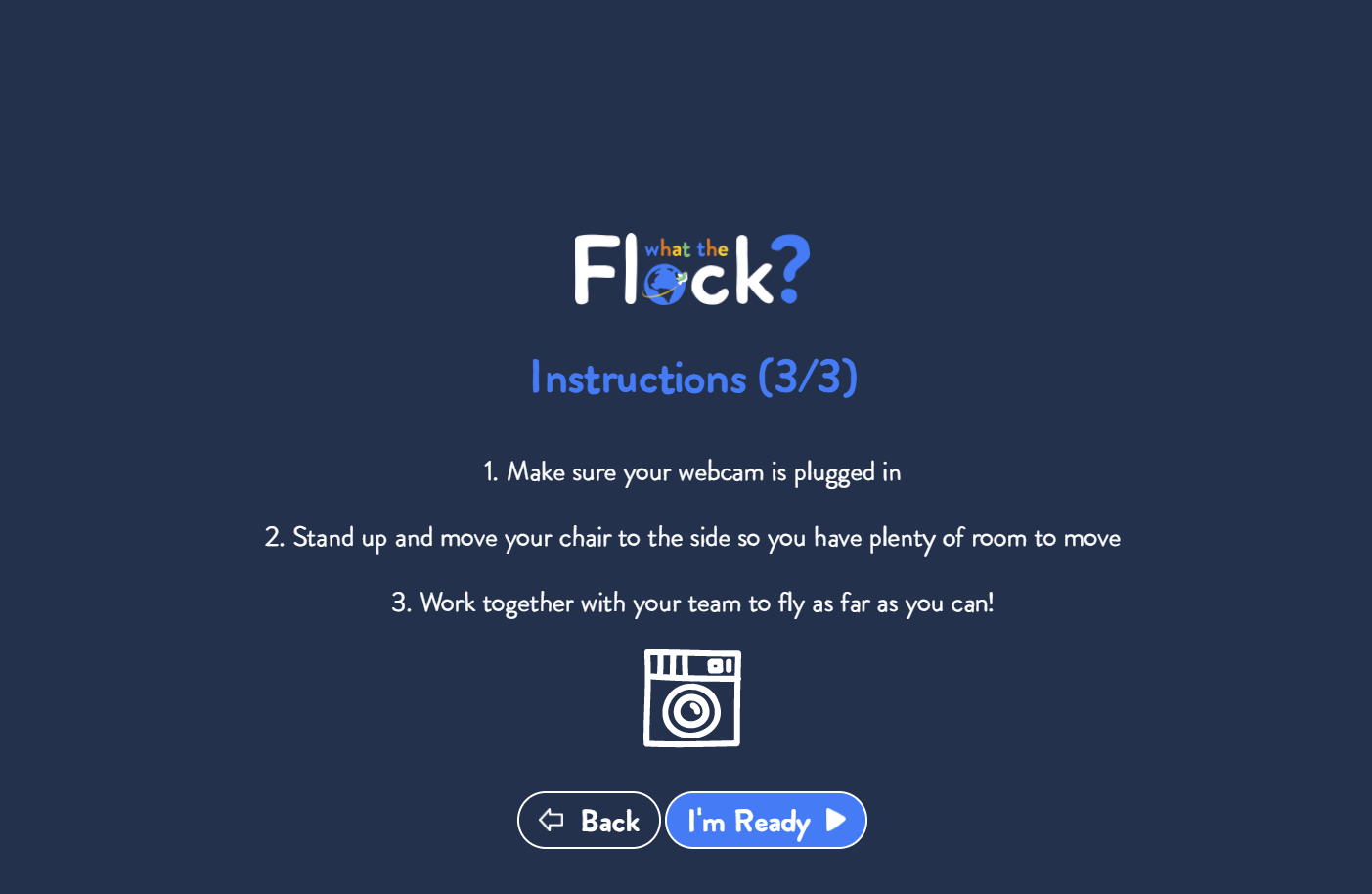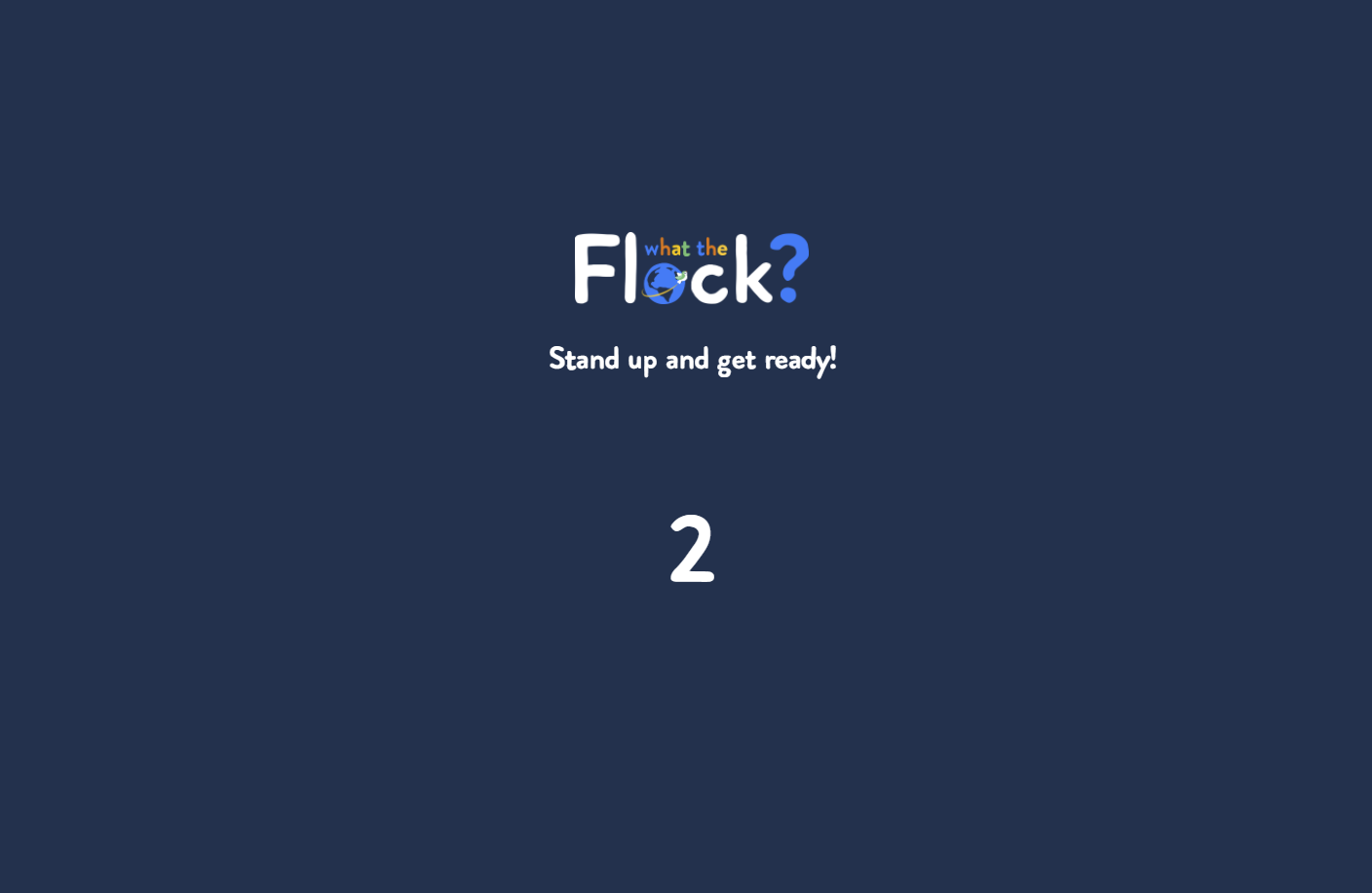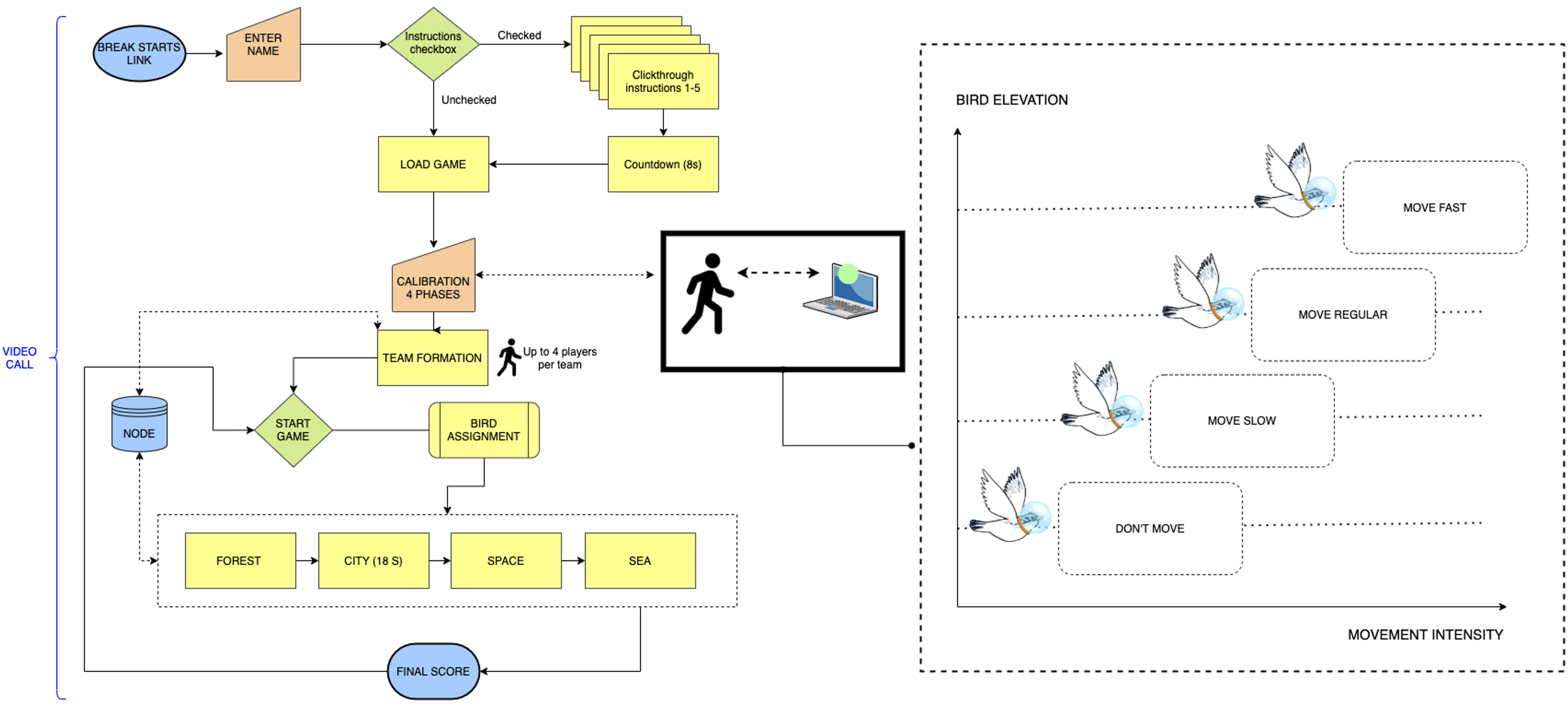[1] Ivon Arroyo, Matthew Micciollo, Jonathan Casano, Erin Ottmar, Taylyn Hulse, and Ma. Mercedes Rodrigo. 2017. Wearable Learning: Multiplayer Embodied
Games for Math. In Proceedings of the Annual Symposium on Computer-Human Interaction in Play. ACM, Amsterdam The Netherlands, 205–216. https://doi.org/10.1145/3116595.3116637
[2] Joanne Delk, Andrew E. Springer, Steven H. Kelder, and Megan Grayless. 2014. Promoting Teacher Adoption of Physical Activity Breaks in the Classroom:
Findings of the Central Texas CATCH Middle School Project. Journal of School Health 84, 11 (Nov. 2014), 722–730. https://doi.org/10.1111/josh.12203
[3] Dong Nguyen. 2013. Flappy Bird. Game [Mobile].
[4] GoNoodle. [n.d.]. GoNoodle Games. Game [Mobile]. https://gonoodle.com
[5] Google Creative Lab. 2020. Shared Piano. Online. https://musiclab.chromeexperiments.com/Shared-Piano
[6] Kylie Peppler, Joshua A. Danish, and David Phelps. 2013. Collaborative Gaming: Teaching Children About Complex Systems and Collective Behavior.
Simulation & Gaming 44, 5 (2013), 683–705. https://doi.org/10.1177/1046878113501462 arXiv:https://doi.org/10.1177/1046878113501462
[7] M. J. Silva, E. Ferreira, V. Andrade, O. Nunes, and M. Da Luz Carvalho. 2015. Embodied education: Senses, emotions, and technology. In 2015
International Symposium on Computers in Education (SIIE). 32–37. https://doi.org/10.1109/SIIE.2015.7451644
[8] Constance Steinkuehler. 2008. Massively Multiplayer Online Games as an Educational Technology: An Outline for Research. Educational Technology 48, 1
(2008), 10–21. http://www.jstor.org/stable/44429539
[9] Steve Howse. 2016. Slither.io. Game [Online]. http://slither.io/
[10] Through Games. 2016. FRU. Game [Xbox One].
[11] Use All Five and Google Creative Lab. 2018. Body Synth. Online. https://creatability.withgoogle.com/body-synth/
[12] F. S. Uzunoz, M. K. Chin, M. M. C. Mok, C. R. Edginton, and H. Podnar. [n.d.]. The Effects of Technology Supported Brain-Breaks on Physical Activity
in School Children. 87–104.
[13] Suzanne E. Williams and Donna Hardie. 2019. Introduction to Sanford Health Children’s Health & Fitness (fit) Initiative: A Physical and Emotional
Health Promotional Intervention. American Journal of Health Education 50, 3 (2019), 159–166. https://doi.org/10.1080/19325037.2019.1590257 arXiv:https://doi.org/10.1080/19325037.2019.1590257</p>
[14] Anna Xambó, Brigid Drozda, Anna Weisling, Brian Magerko, Marc Huet,
Travis Gasque, and Jason Freeman. 2017. Experience and Ownership with a Tangible Computational Music Installation for Informal Learning. In Proceedings of the Eleventh
International Conference on Tangible, Embedded, and Embodied Interaction (Yokohama, Japan) (TEI ’17). Association for Computing Machinery, New York, NY, USA, 351–360.
https://doi.org/10.1145/3024969.3024988
[15] Xbox Game Studios. 1994. Kinect Adventures! Game [Xbox 360].
